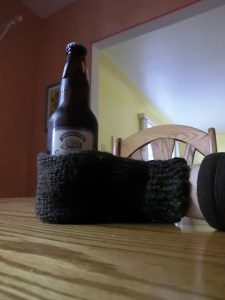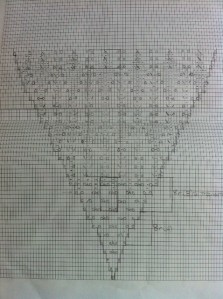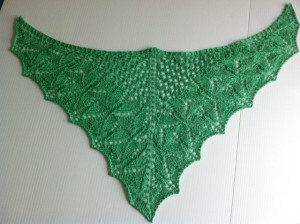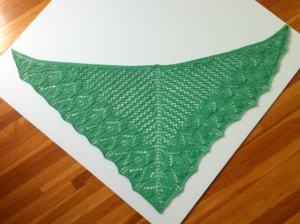There has been quite a bit of discussion about this topic lately, given the cuts to post-secondary institutions in Alberta and the promotion of specialized education in the “professions” (medicine, law, business, engineering) that has seemed to take precedence in the rhetoric of governments in the name of being “competitive” in the global marketplace, as well as ensuring that our young people have what is believed to be the right “skill set” for today’s workplace. While a “professional degree” is undoubtedly a valid and rewarding choice, it may not be for everyone. Mercifully, there are some clear arguments for a well-rounded, liberal arts education that are becoming more prominent, and I’ve recently come across two of the more thorough and articulate.
The first is a Ted talk from 2009 by Liz Coleman, then the President of Bennington College, a small liberal arts college in the U.S. I highly recommend this. It spells out the need for study in the liberal arts so clearly it’s impossible not to recognize their importance.
The second is a report from the American Academy of Arts and Sciences, making the same argument in a different way, in more detail, but just as convincingly.
I wish there were Canadian sources making similar arguments, but so far I haven’t found any. If anyone out there knows of any, I’d love to read them and blog about them.






